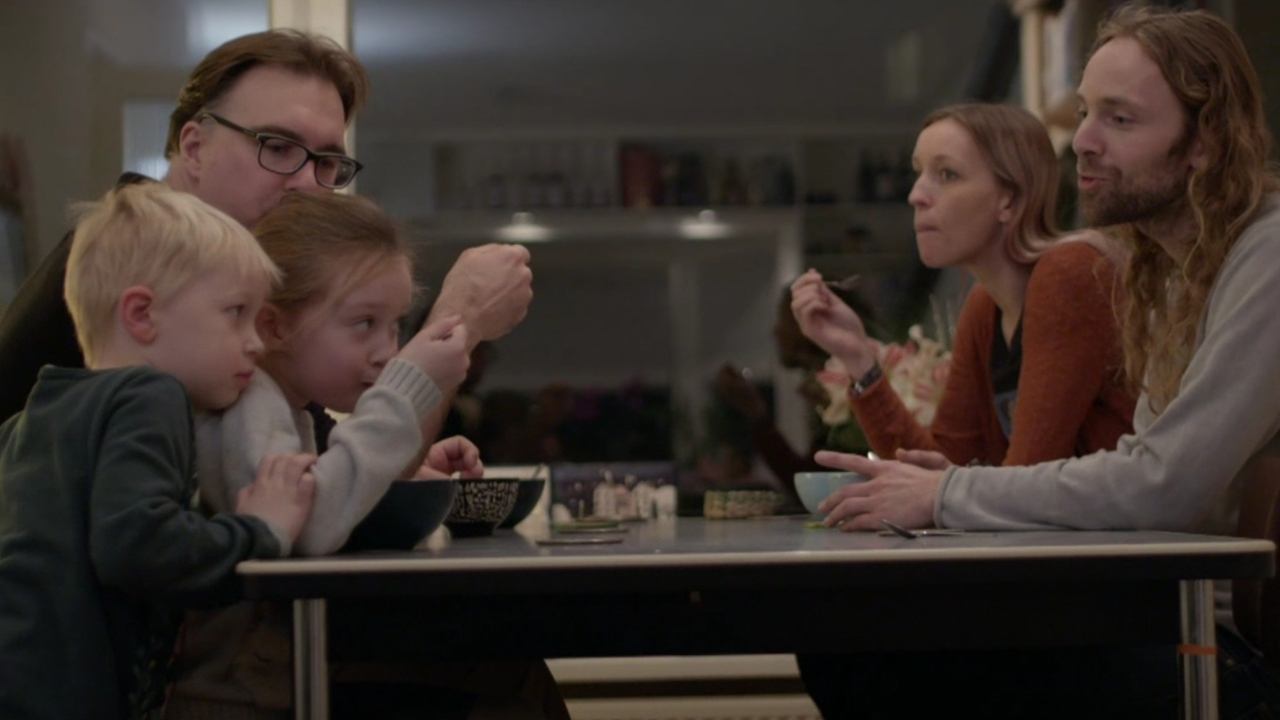
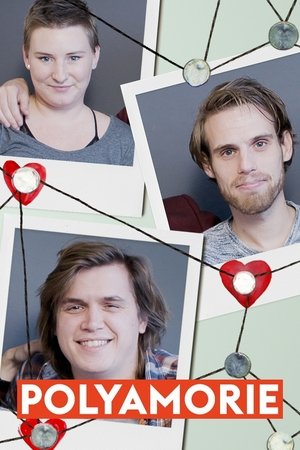
Polyamorie(2019)
Documentary about polyamorous people in the Netherlands.
Movie: Polyamorie
Video Trailer Polyamorie
Similar Movies
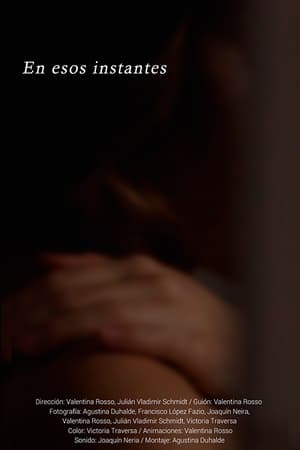 10.0
10.0En esos instantes(es)
Details fade from the mind, just like memories. Clarity in memory becomes blurred, and our bodies are the marked spaces once inhabited by others. When nothingness becomes memory, what do we remember? Reflecting on the past, present, and future, different bodies will connect, sharing their feelings and emotions through touch. Skin, with its textures and uniqueness, becomes the link to the absent other, and in the need for details, we seek to remember what has been forgotten.
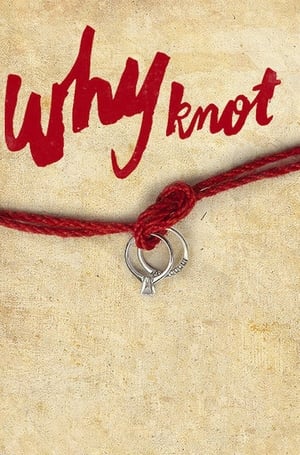 3.8
3.8Why Knot(en)
Why do human beings get married in almost every society in the world? Why do we cheat? Why is monogamy so important to a relationship and why does infidelity cause so much grief? These are some of the questions acclaimed documentary filmmaker Dhruv Dhawan confronts in his next feature length documentary which explores why human beings evolved cultures of marriage and monogamy that are rife with infidelity. As he attends various lavish weddings occurring within his family, Dhruv is pestered to follow suit but is haunted by his family’s history of infidelity, as well as his own and embarks on a personal quest to discover the origins of marriage, the reasons for monogamy and the pain of infidelity as he tries to mediate an open relationship with the woman he loves. Dhruv’s search takes us on a journey into the biology of sex, the history of patriarchy and the politics of monogamy told through the lives of scientists, swingers, adulterers and Dhruv’s own family.
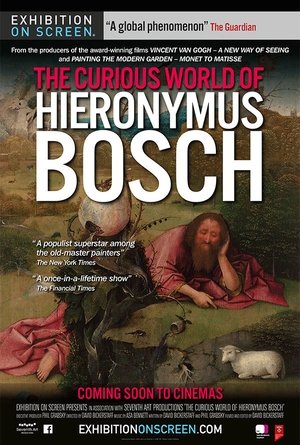 5.0
5.0The Curious World of Hieronymus Bosch(en)
Exhibition on Screen's latest release celebrates the life and masterpieces of Hieronymus Bosch brought together from around the world to his hometown in the Netherlands as a one-off exhibition. With exclusive access to the gallery and the show, this stunning film explores this mysterious, curious, medieval painter who continues to inspire today's creative geniuses. Over 420,000 people flocked to the exhibition to marvel at Bosch's bizarre creations but now, audiences can enjoy a front row seat at Bosch's extraordinary homecoming from the comfort of their own home anywhere in the world. Expert insights from curators and leading cultural critics explore the inspiration behind Bosch's strange and unsettling works. Close-up views of the curiosities allow viewers to appreciate the detail of his paintings like never before. Bosch's legendary altarpieces, which have long been divided among museums, were brought back together for the exhibition and feature in the film.
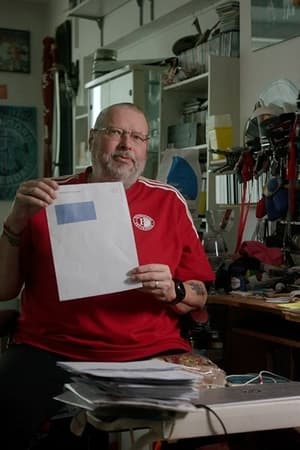 0.0
0.0Schuld en boete(nl)
Five people talk about how easy it is to build up and how difficult it is to get out of it again. They fall ten prey to the powerful industry. Fines and extra costs make them so aware that they can no longer be solved on their own.
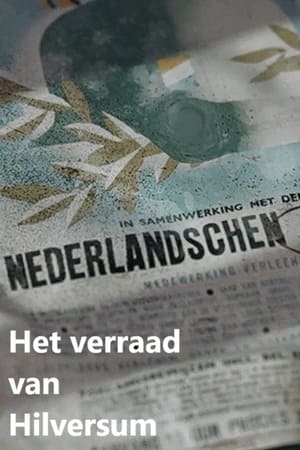 0.0
0.0The betrayal of Hilversum(nl)
Documentary about the role of public broadcasting during the German occupation during the Second World War. A number of public broadcasters adopted a cooperative approach, allowing them to be used as a propaganda apparatus for the Nazis. An attitude with very far-reaching consequences.
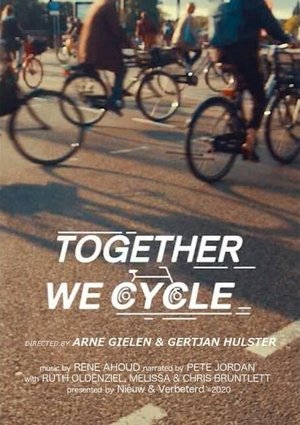 0.0
0.0Together We Cycle(en)
The film Together we cycle investigates the critical events that has led to the revival of the Dutch cycling culture. For most people, cycling in the Netherlands, seems a natural phenomenon. However, until the 1970s the development of mobility in the Netherlands followed trents across the globe. The bicycle had had its day, and the future belonged to the car. The only thing that had to be done was to adapt cities to the influx of cars. Then Dutch society took a different turn. Against all odds people kept on cycling. The question why this happened in the Netherlands, has not an easy answer. There are many factors, events and circumstances that worked together, both socially and policy-wise. In Together we cycle, key players tell the story of the bumpy road which led to the current state. Where cycling is an obvious choice for most citizens.
 0.0
0.0Enkeltje Vrijheid(nl)
Before the eyes of the Sudanese Ahmed (25), the war broke out in full force. He decides to flee on foot to the Netherlands alone, to be able to live there in freedom. This documentary shows part of his arduous journey: from the Italian Alps to Ter Apel.
Love 404(pl)
Rena is on the threshold of adulthood. For her and her mother, the Internet is a form of escape from their humdrum everyday lives. In the world of talent shows, Facebook and YouTube, the keyboard seems to be a gateway to fame and love. Yet the border between fantasy and reality is quickly obliterated.
Aan ons den arbeid(en)
Documentary that shows the changing attitude towards immigrant labor in The Netherlands. The documentary follows three immigrants that arrived in Holland 30 years ago to work in a bakery.
 0.0
0.0Rietveld Houses: A piece of furniture to live in(nl)
In 2024, the iconic Rietveld Schröder House in Utrecht will celebrate its 100th anniversary. Gerrit Rietveld designed and built the house in close collaboration with his secret lover and creative partner Truus Schröder. Rietveld himself did not build his houses for eternity; he thought a life cycle of 50 years was sufficient. But the current owners of houses designed by Rietveld think differently about this. They pull out all the stops to renovate and preserve their Rietveld houses.
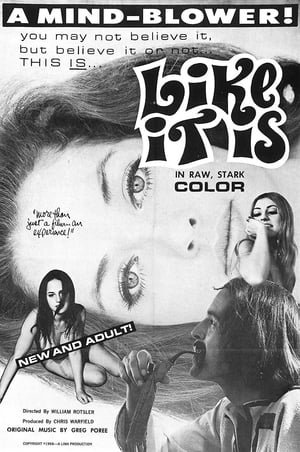 5.3
5.3Like It Is(en)
This documentary on the "youth movement" of the late 1960s focuses on the hippie pot smoking/free love culture in the San Francisco Bay area.
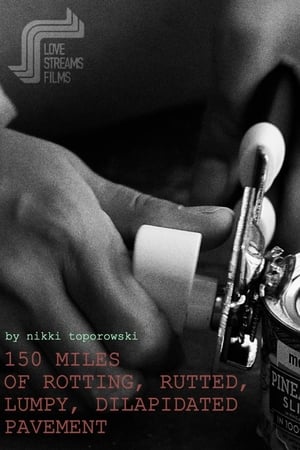 0.0
0.0150 Miles of Rotting, Rutted, Lumpy, Dilapidated Pavement(en)
A Woman Watches People.
 5.1
5.1American Swing(en)
Chronicles the rise and fall of 1970s New York City nightclub Plato's Retreat.
 6.0
6.0World War C(nl)
It's war. War against an invisible enemy that is not as deadly as we are told. The world is changing rapidly. Disproportionate measures are taken worldwide that disrupt society as a whole. A dichotomy in society forced vaccinations and restrictions on freedom. Have we had the worst? Or is there something more disturbing to awaiting us.
 7.0
7.0Grisha(et)
An up-close look into the life of the often misunderstood movie director Grigori Kromanov through the lens of old friends and colleagues.
 6.6
6.6Animals in Love(fr)
Translated literally as "Animals in Love," the French-language documentary Animaux Amoreux depicts various species of the animal kingdom in courting, mating and reproduction activities. Laurent Charbonnier directs.
 6.0
6.0The High Song(lv)
The painful exit of a child of man in the world of God. The highest sense of being and the earthly joy of man and woman.
 10.0
10.0The Boy Who Found Gold(en)
William Hart McNichols is a world renowned artist, heralded by Time magazine as "among the most famous creators of Christian iconic images in the world". As a young Catholic priest from 1983-1990 he was immersed in a life-altering journey working as a chaplain at St. Vincent's AIDS hospice in New York city. It was during this time that he became an early pioneer for LGBT rights within the Catholic church. "The Boy Who Found Gold" is a cinematic journey into the art and spirit of William Hart McNichols. The film follows his colorful life as he crosses paths with presidents, popes, martyrs, and parishioners, finding an insightful lesson with each encounter. McNichols' message as a priest, artist and man speaks to the most powerful element of the human spirit: Mercy.
 0.0
0.02Doc: What Are We Doing?(nl)
In 2022, 92% of those affected encountered aggression or violence. Frans Bromet portrays six influences who encounter violence while carrying out their work. The violence with which the actual consequences are, leaves personal physical, especially mental, traces.

